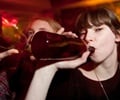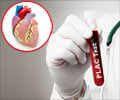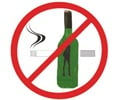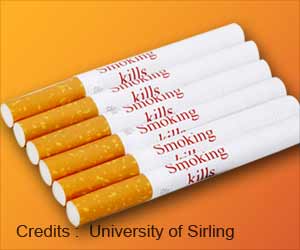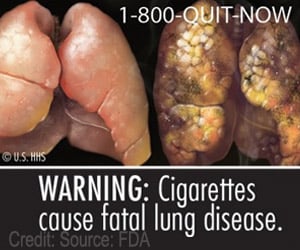Heavy drinking: Working-age adults are more likely to be binge drinkers. Therefore, it is necessary to find out the right approaches to mitigate the harms of this extreme drinking behavior will be needed.
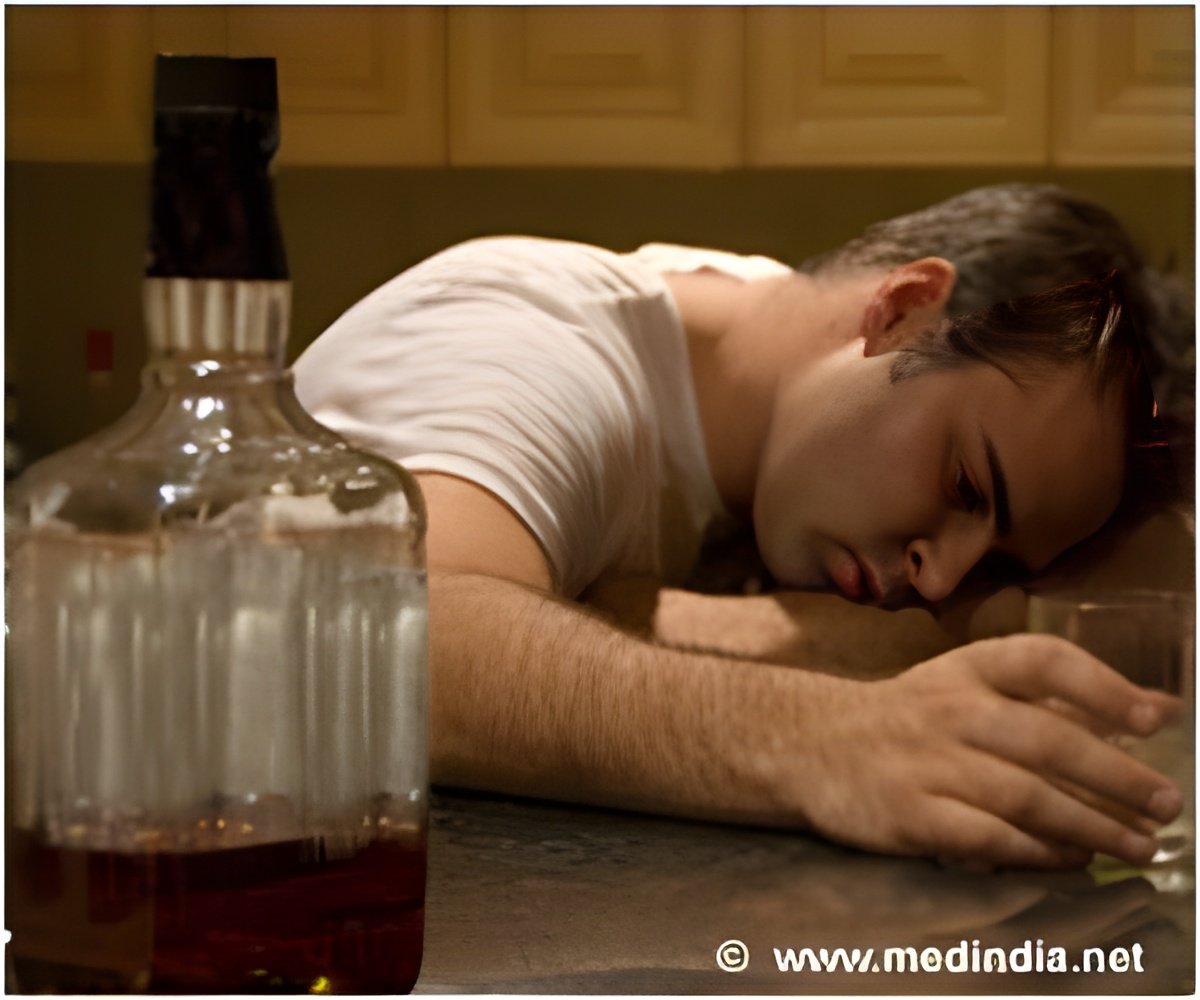
‘Heavy drinking: Working-age adults are more likely to be binge drinkers. Therefore, it is necessary to find out the right approaches to mitigate the harms of this extreme drinking behavior will be needed.’
Read More..




Previous research on such ‘high-intensity drinking’, or ‘HID’, has been mostly limited to college-age youth, with less known about HID in the mid-adult age group. A new study has evaluated the prevalence, consequences, and influences of HID among Australian adults of working age.Read More..
A team of researchers analyzed interview data from over 3000 adults, with an average age of 32, who reported having consumed alcohol within the past 12 months.
Participants were assigned to one of four classes based on the most drinks they had consumed within a single 24-hour period in the previous year: ‘non-binge’ (maximum 3 drinks for women or 4 drinks for men); ‘binge-only’ (4-7 drinks for women or 5-9 for men); twice binge threshold, termed ‘HID-2’ (8-11 drinks for women or 10-14 for men); or three times binge threshold, ‘HID-3’ (12+ drinks for women or 15+ for men).
In total, 44% of participants had engaged in HID during the last year, half of them at HID-2 and half at HID-3 level. A third (32%) had drunk at the binge-only level, and just 24% of participants had not binged at all in the previous year. HID was more prevalent in men than women.
Not surprisingly, participants classed as HID-2 and HID-3 reported more frequent and heavier drinking than those classed as binge-only. Those who had engaged in HID were also more likely to have experienced serious drinking-related consequences in the previous year.
Advertisement
The participants included around 1000 pairs of twins (some identical, and some fraternal). Twins are an important research source because they can reveal the importance of genetic and environmental influences on a given trait. Statistical modeling of the twin data from this study suggested that a tendency to engage in HID is significantly heritable—genetic differences were estimated to account for around one-third of the variation in HID in this population, and environmental influences (specific to the individual) for the remainder. A next step will be to identify the high-risk environmental factors that contribute to HID in this age group.
Advertisement
The research team notes that the prevalence of HID in this working-age population was unexpectedly high, perhaps reflecting the Australian drinking culture and the participants’ predominantly northern European ancestry. Approaches to mitigate the harms of this extreme drinking behavior will be needed.
Source-Newswise





